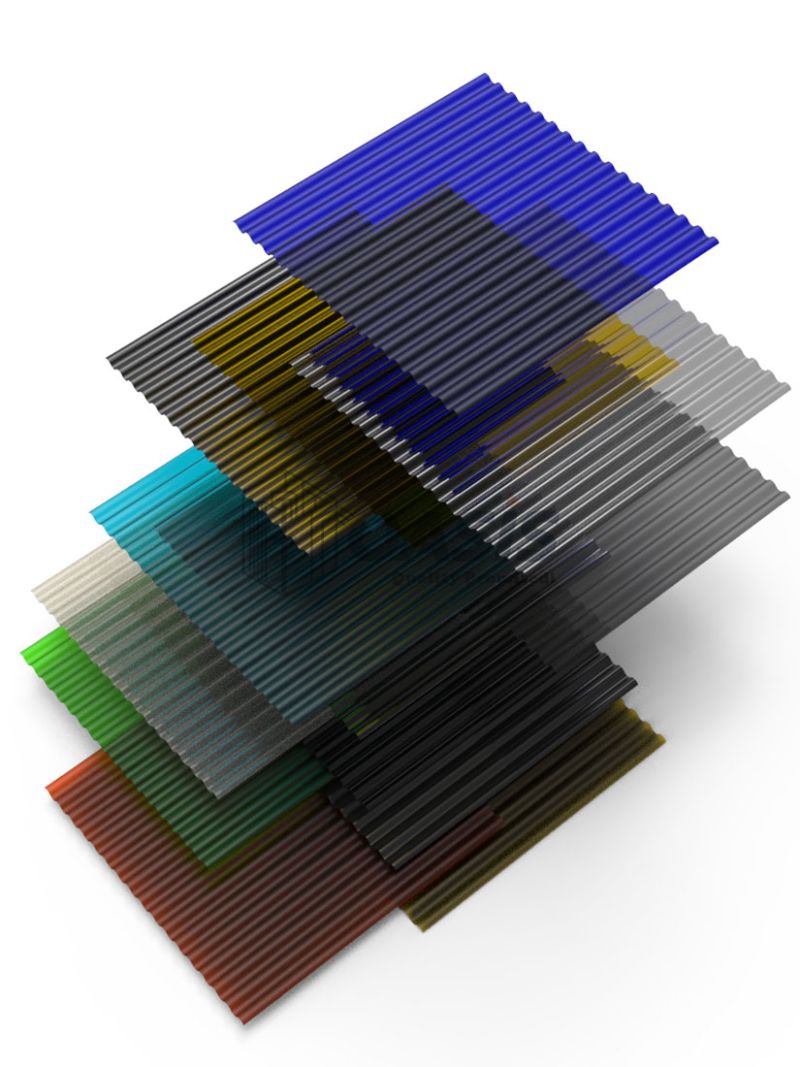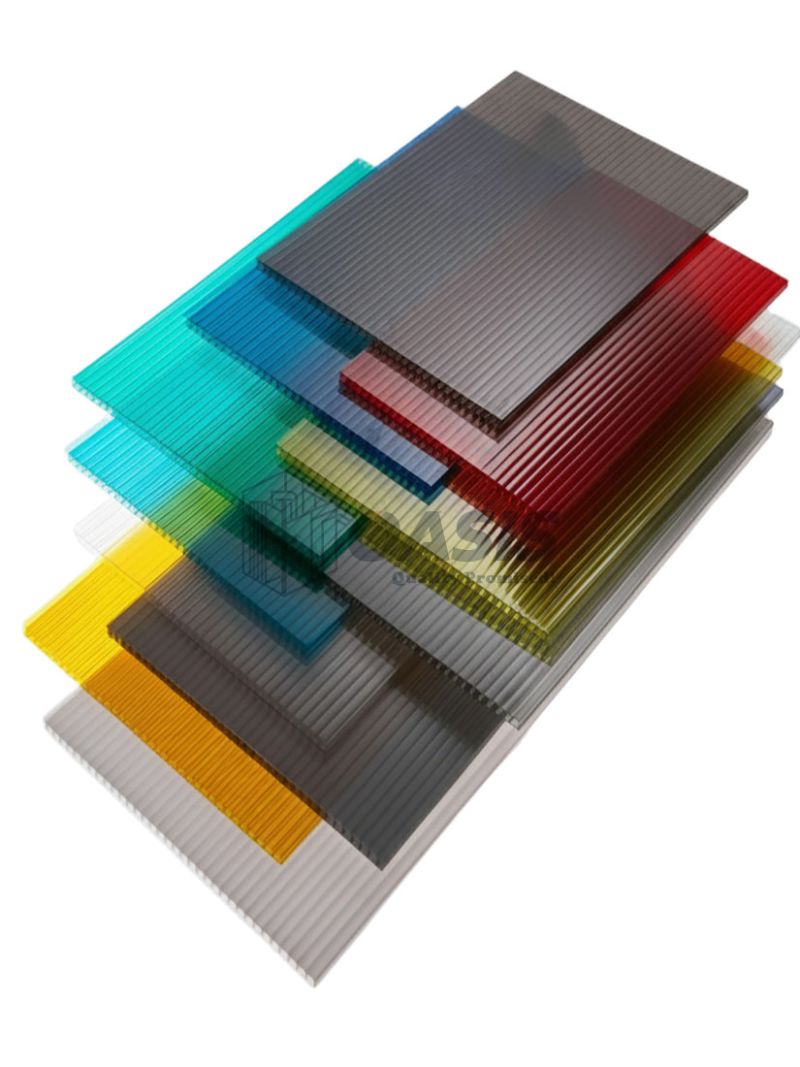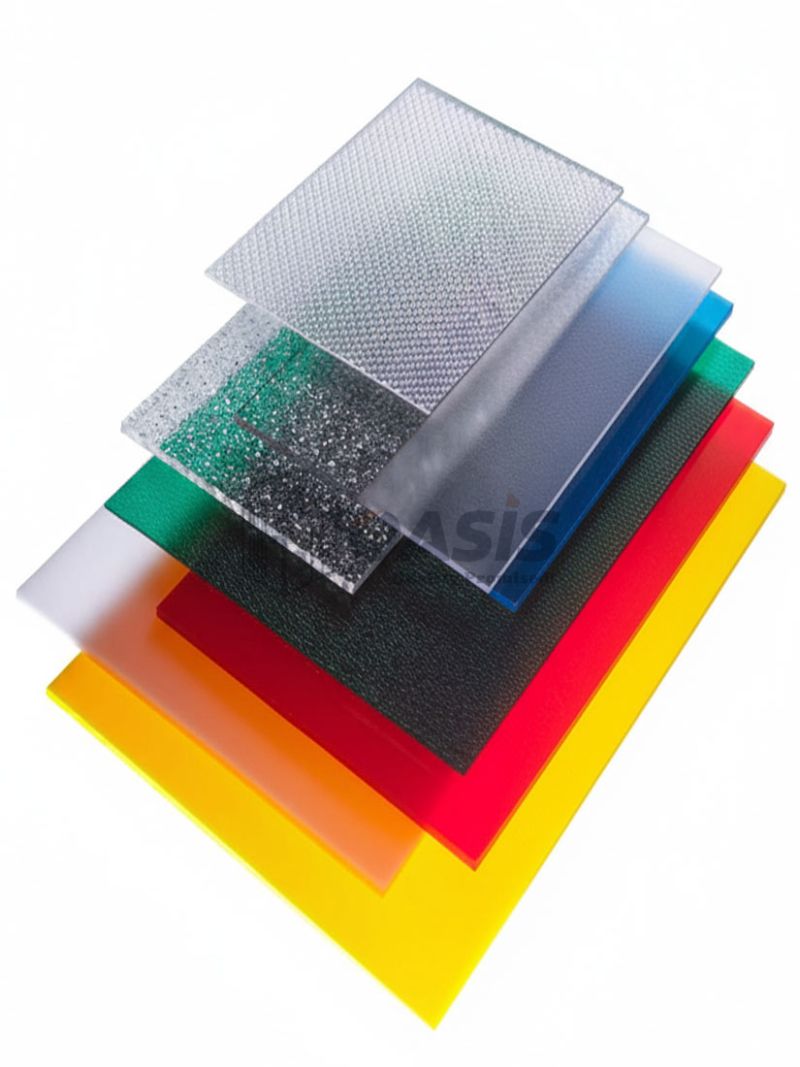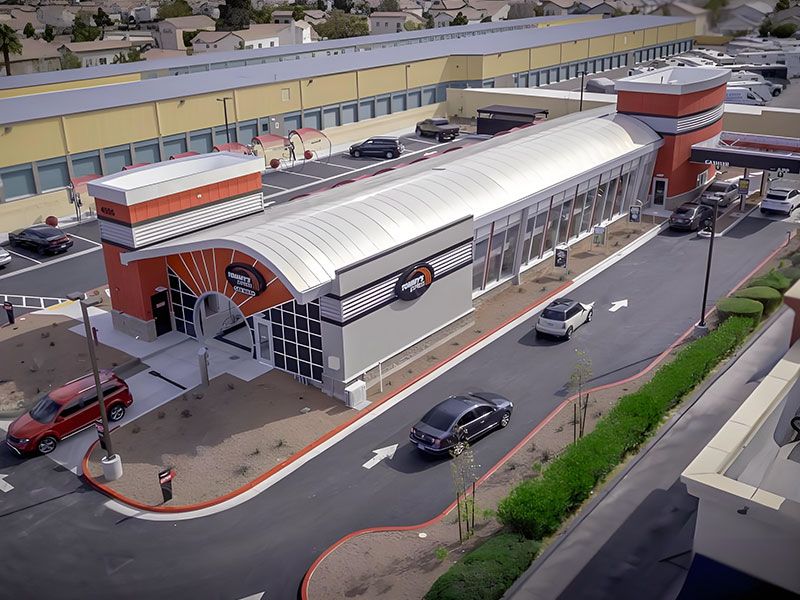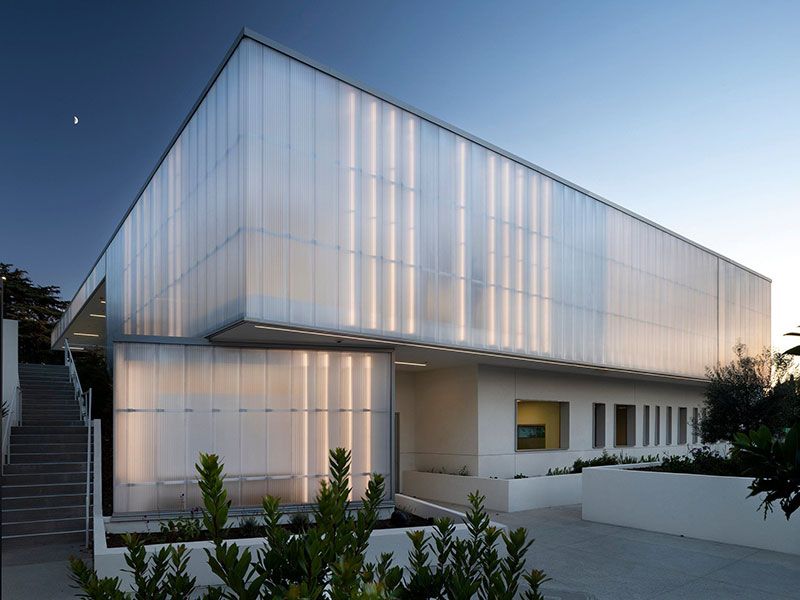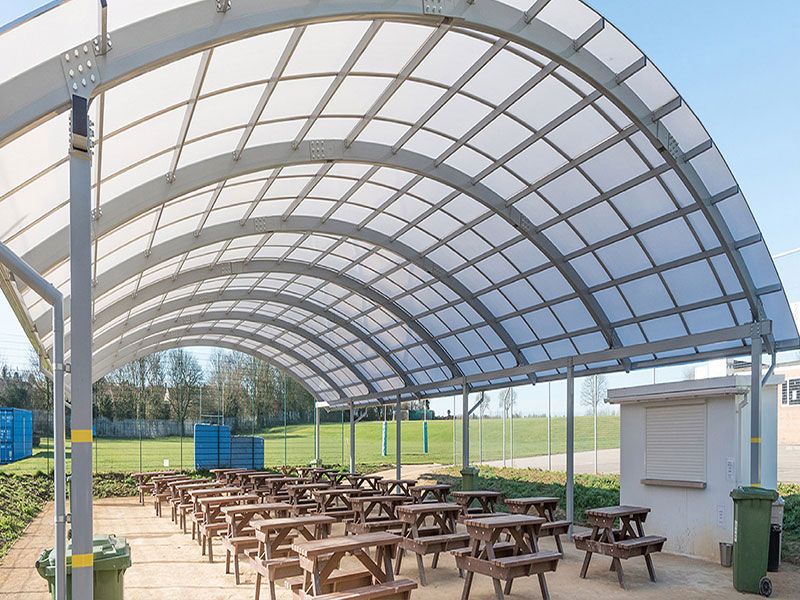Covering the Grandstand: Polycarbonate Roofing for Stadiums and Arenas
Modern stadium and arena design demands roofing materials that provide expansive, all-weather coverage without sacrificing natural light, aesthetic appeal, or structural safety. Polycarbonate roofing sheets have become a foundational material for large-scale sports venues globally, replacing heavier materials like glass or opaque metals due to their combination of light weight, extreme durability, and optical versatility.
Why Polycarbonate is the MVP of Stadium Roofing
For structures that must accommodate massive crowds, endure high winds, and remain functional year-round, polycarbonate offers a uniquely suitable set of characteristics:
1. Lightweight and Structural Efficiency
The sheer scale of stadium roofing makes material weight a primary engineering concern.
- Reduced Structural Load: Polycarbonate weighs significantly less than glass, which dramatically reduces the overall structural load. This allows engineers to design lighter, less expensive support structures and achieve greater spans without intermediate columns, improving sightlines for spectators.
- Ease of Installation: The light weight and flexibility of the sheets simplify transportation, handling, and installation at great heights, reducing construction time and costs.
2. Extreme Durability and Safety
Safety and long-term resilience are non-negotiable for public venues.
- Virtually Unbreakable: Polycarbonate is known for its extreme impact resistance (up to 200 times that of glass). This is crucial for protecting spectators and the interior from falling debris, extreme weather (like hail), and even accidental impacts from events (e.g., fly balls or stage rigging).
- Compliance: The material does not shatter like glass, eliminating the risk of sharp shards, which is a major safety advantage in high-traffic public areas.
3. Optimized Daylighting and Environment
Polycarbonate is key to creating a superior viewing and playing environment.
- Natural Light Maximization: Polycarbonate panels, often used in large, sweeping sections or as partial coverings over grandstands, allow abundant natural daylight to illuminate the playing field or arena floor. This reduces the need for artificial lighting during daytime events.
- UV Protection: The sheets come with UV-protective coatings that shield spectators and turf from harmful UV radiation while maintaining high visible light transmission.
- Heat Management: Available in various tints (like opal or bronze), polycarbonate can be used to control solar heat gain, preventing the interior from overheating while still providing shelter from rain and direct sun.
4. Design Versatility and Aesthetics
Architects are able to execute complex, signature designs using this flexible material.
- Curved Designs: Polycarbonate can be cold-bent on-site, making it ideal for the massive, curved, or domed roof structures common in modern stadium architecture.
- Aesthetic Appeal: The material is available in multiple colors, levels of transparency, and finishes, enabling architects to create a custom look that integrates with the team or city branding.
Primary Applications in Sports Venues
- Grandstand Canopies: Covering the seating areas to protect fans from sun and rain while leaving the field open.
- Full Arena Roofs: Used for fully enclosed, multi-purpose arenas where light and insulation are critical. Multiwall polycarbonate systems are often employed here for superior thermal performance.
- Walkways and Concourses: Covering exterior pedestrian areas around the stadium, providing shelter while maintaining a bright, open feel.
Polycarbonate roofing sheets have revolutionized large-span structure construction, providing stadiums and arenas with a durable, safe, and cost-effective material that perfectly balances the need for shelter with the desire for natural light.
